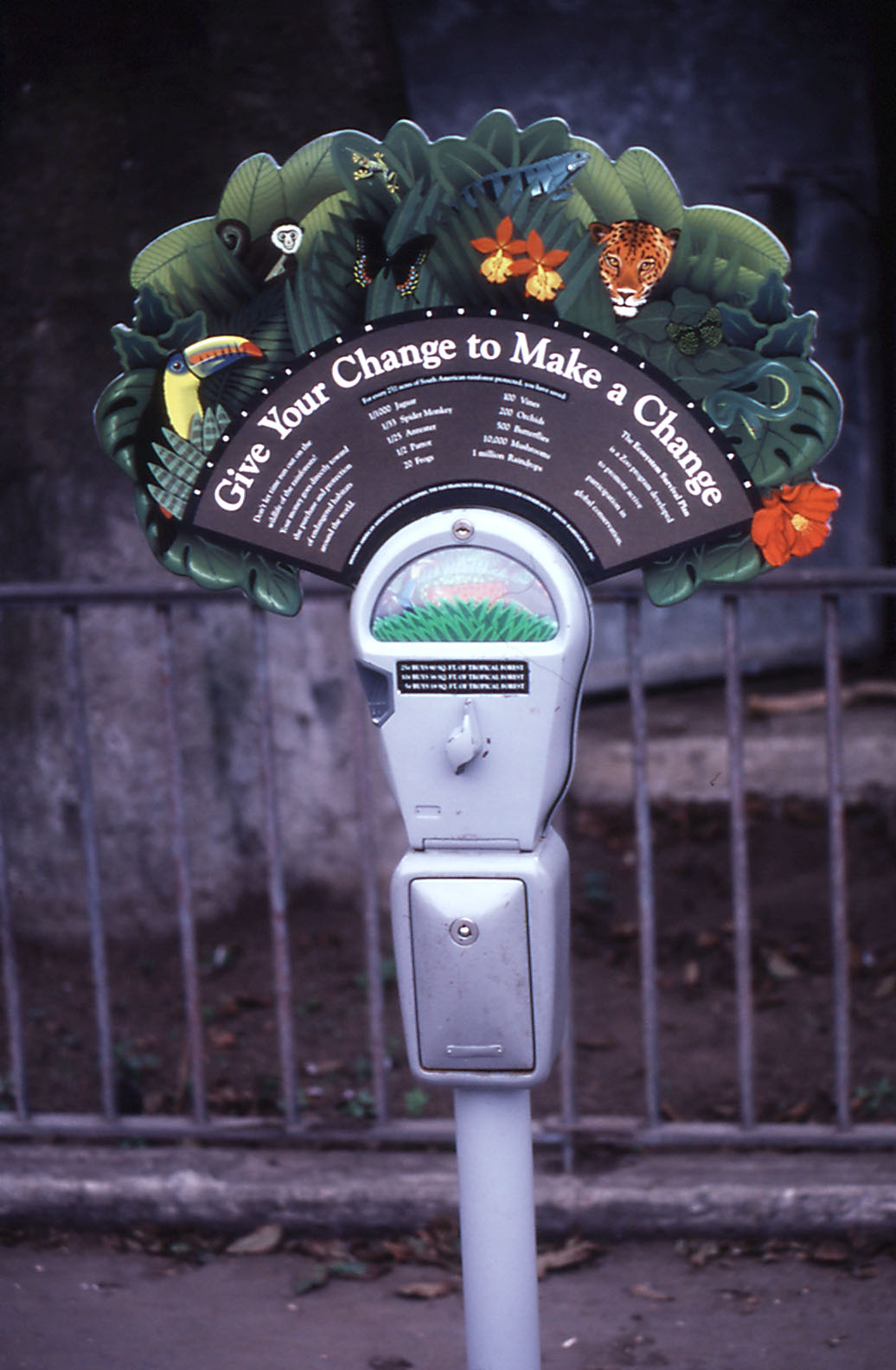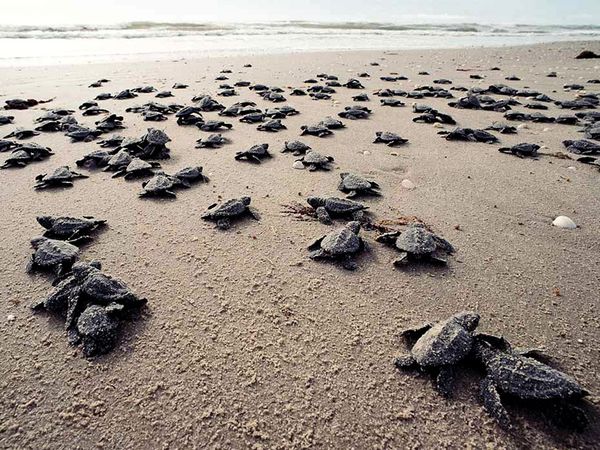My last day at the conference. I'll admit I was up too late sharing cocktails with colleagues the night before, and the intensity of the conference was starting to catch up with me. But I persisted--and managed to squeeze in one last session before running to the airport and to sweet, sweet sleep. The session was a humdinger--indirectly addressing the ever-present question: Why do zoos matter?
 Small zoos (in terms of operating budget) face bigger challenges than their larger sisters. Smaller budgets, more intense competition, smaller markets, less respect and higher scrutiny. But in the face of these challenges, many small zoos still include conservation programs as their highest priorities. In fact, some might say, due to these challenges--lack of respect and increased scrutiny, to be specific--small zoos MUST prioritize conservation.
Small zoos (in terms of operating budget) face bigger challenges than their larger sisters. Smaller budgets, more intense competition, smaller markets, less respect and higher scrutiny. But in the face of these challenges, many small zoos still include conservation programs as their highest priorities. In fact, some might say, due to these challenges--lack of respect and increased scrutiny, to be specific--small zoos MUST prioritize conservation.
 Gladys Porter Zoo, Brownsville, TX (I had to look it up) is one such institution who's taken conservation programming to the next level, despite their size. For over 20 years, the Zoo has not only supported, but created and run a Kemp's Ridley sea turtle program in Mexico. The zoo employs one staff member full time to run the program, in addition to a second staffer dedicated to all other conservation programs. The Zoo earmarks $650,000 every year for this single program, which over the span of the program, has helped protect over 70,000 nests and 4.5 million hatchlings.
Gladys Porter Zoo, Brownsville, TX (I had to look it up) is one such institution who's taken conservation programming to the next level, despite their size. For over 20 years, the Zoo has not only supported, but created and run a Kemp's Ridley sea turtle program in Mexico. The zoo employs one staff member full time to run the program, in addition to a second staffer dedicated to all other conservation programs. The Zoo earmarks $650,000 every year for this single program, which over the span of the program, has helped protect over 70,000 nests and 4.5 million hatchlings.
Dallas World Aquarium similarly helped found the Amazon Rescue Center, a private-public partnership in Peru, principally focusing on Amazonian Manatee conservation. The Aquarium raises over $400,000 annually to support their work along with several other Central and South American conservation programs. Dr. Luis Sigler, senior conservation biologist, believes conservation programs should be run like businesses in order for them to thrive.
So, how can a small zoo or aquarium be expected to create and fund a great project if they find themselves scraping for pennies as it is? Steve Burns, director of ZooBoise, explained how they managed it. Slowly. Starting with a single conservation parking meter, ZooBoise raised $1500 annually. From there, they added a $0.25 conservation  fee onto admission. The fee raised $57,000, and the Zoo recorded two complaints. So they raised it again--by a dime, and increased their conservation collection by $23,000. Now they had the ball rolling. They added a series of fee-based 'special experiences,' including sloth bear feeding, with all of the funds going directly to conservation programs. Currently, they require every new capital campaign to include an additional 10% to go directly to conservation. So that new otter exhibit with a $500,000 price tag now requires $550,000 to be raised. ZooBoise now expects to raise over $200,000 annually for conservation.
fee onto admission. The fee raised $57,000, and the Zoo recorded two complaints. So they raised it again--by a dime, and increased their conservation collection by $23,000. Now they had the ball rolling. They added a series of fee-based 'special experiences,' including sloth bear feeding, with all of the funds going directly to conservation programs. Currently, they require every new capital campaign to include an additional 10% to go directly to conservation. So that new otter exhibit with a $500,000 price tag now requires $550,000 to be raised. ZooBoise now expects to raise over $200,000 annually for conservation.
What does your small zoo or aquarium do for conservation? And how do we let our public know how much good they are doing by supporting zoos? Voice your opinion!





















